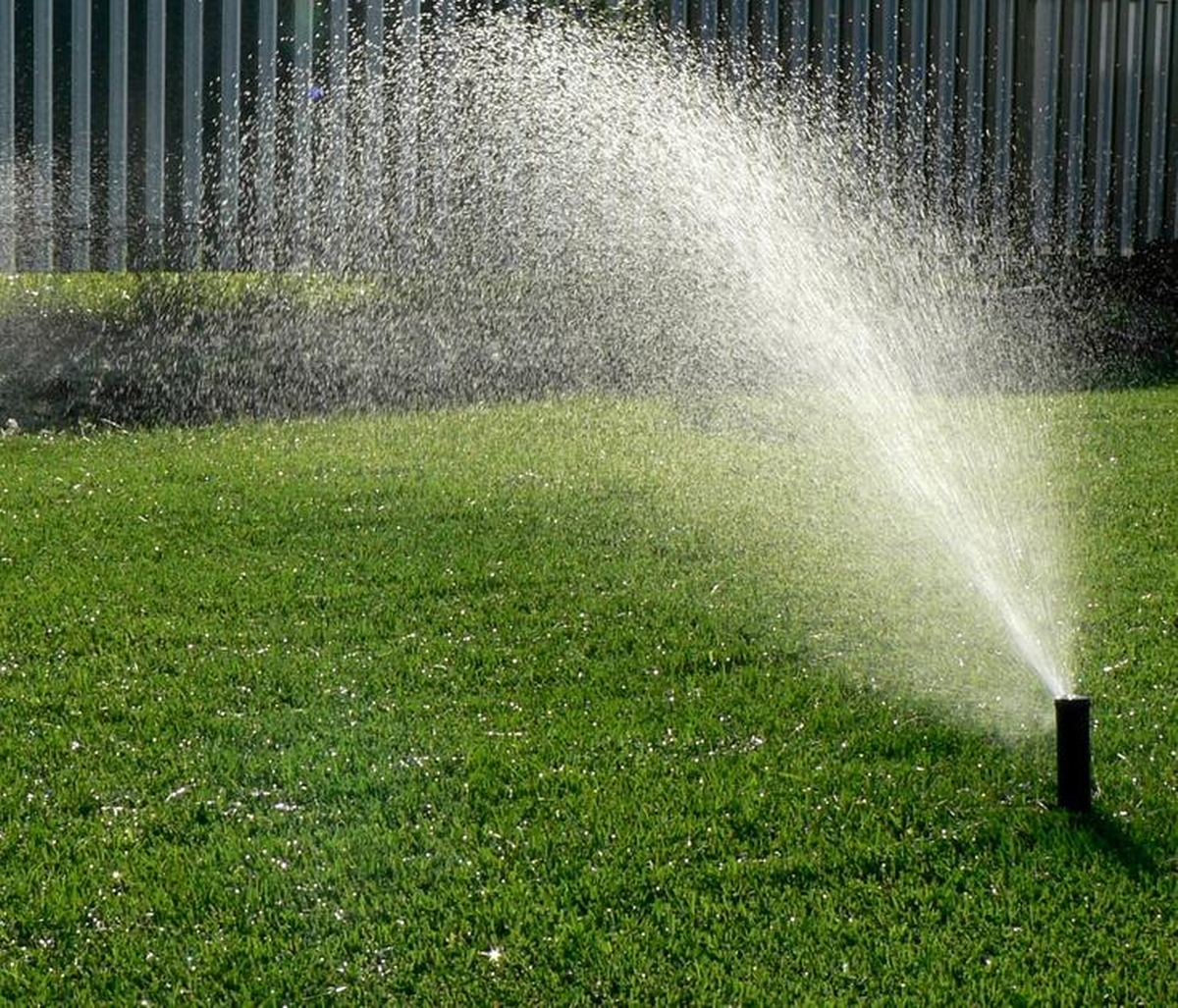November 15, 2025
Battle of the Green Giants: Native Plants vs. Exotic Species in Landscaping
Choosing between native and exotic plants is an important decision for anyone reaching out to landscaping contractors in Marshfield and beyond. Native...

Did you know that landscapes consume more than half of the water usage in an average American home? As climate change leads to increasingly erratic weather patterns, water conservation is becoming more critical than ever. For residents of Central and Northern Wisconsin, where variable climate is the norm, maintaining a lush, vibrant garden without guzzling water can seem like an uphill battle. But what if you could reduce your water bill and environmental footprint while keeping your garden visually appealing? The solution lies in choosing drought-resistant plants.
In this guide, we will explore the top seven drought-resistant plants that can transform your outdoor space into an oasis of sustainability. By selecting these hardy species, you'll not only embrace eco-friendly gardening but also enjoy a thriving garden in even the driest seasons. Read on to discover how you can combine aesthetic beauty with resource efficiency in your landscape design.
Drought-resistant plants, known for their ability to withstand dry conditions with minimal watering, are increasingly popular among eco-conscious homeowners. These plants are not only key to sustainable gardening but also help significantly reduce your landscape maintenance efforts. By incorporating such plants, you contribute to the preservation of local water resources while ensuring your garden remains beautiful year-round.
In cities like Madison and Green Bay, homeowners have faced fluctuating water availability due to inconsistent rain patterns. Adopting drought-resistant plants can relieve the stress on municipal water systems and your wallet. In fact, implementing smart landscaping choices can cut water usage by up to 50%, offering substantial savings.
Lavender is celebrated for its striking purple blooms and enchanting aroma. This Mediterranean native is exceptionally resilient to dry conditions, needing only well-drained soil and occasional watering once established.
Planting Tips:
Echinacea, or coneflower, is a standout with its vibrant colors and long-lasting blooms, beloved by pollinators and gardeners alike. It's remarkably drought-tolerant once it takes root.
Planting Tips:
Known for their fleshy, water-retaining leaves, succulents offer a modern aesthetic and come in endless varieties. They require minimal care and thrive on neglect.
Planting Tips:
Russian Sage captivates with its silvery foliage and delicate blue flowers. This plant is not only drought-resistant but also deer-resistant-ideal for protecting your garden from local wildlife.
Planting Tips:
Yarrow is valued for its feathery foliage and flat clusters of flowers. It's a versatile plant that thrives in dry climates and attracts beneficial insects.
Planting Tips:
Sedum, known as stonecrop, offers a variety of shapes and colors throughout the year and is perfect for ground covers and rock gardens.
Planting Tips:
This ornamental grass provides a striking visual element with its blue-gray blades and rounded shape. It remains resilient through drought conditions and frost alike.
Planting Tips:
Transitioning to a drought-resistant garden is not only a sustainable choice but also a smart financial decision. Here's why:
Incorporating drought-resistant plants into your garden design can dramatically improve its sustainability and appeal. As you've discovered, these species can manage water wisely, reduce your environmental impact, and enhance your garden's aesthetics.
Eager to start your sustainable landscaping journey? Contact Beaver Creek Nursery & Landscaping today for personalized guidance from industry experts. Transform your outdoor space into a thriving, water-conscious paradise. Explore our landscaping services in Marshfield and the surrounding area and see how we can help bring your garden visions to life.
Permit requirements for tree removal vary based on your location and the size of the tree. We can help determine if a permit is necessary and guide you through the process to ensure compliance with local regulations.
If your lawn has bare patches, thinning grass, or persistent weeds, it may be time for new lawn installation or repair. Our team will assess your soil and recommend the best grass type for your property.
The duration depends on the method used. Sod installation provides an instant green lawn and is typically ready for use in a few weeks, while seeding takes longer but is a cost-effective option.
Typically, we recommend weekly or biweekly services for mowing, pruning and trimming, and general upkeep. Seasonal maintenance, such as aeration, fertilizing, and leaf cleanup, is also essential to keep your yard looking its best year-round.
The best time to plant trees and shrubs is usually in early spring or fall when temperatures are mild, and roots have time to establish before extreme weather conditions. We can help you select and plant the right greenery for your yard.
November 15, 2025
Choosing between native and exotic plants is an important decision for anyone reaching out to landscaping contractors in Marshfield and beyond. Native...
November 1, 2025
Imagine stepping into your garden and being greeted by the vibrant colors and lush greenery that make up your personal oasis. This dream is within rea...
October 15, 2025
In an era of increasing water scarcity and environmental awareness, the need for sustainable landscaping solutions has never been more pressing. Homeo...